The little brown bat (Myotis lucifugus) is the focus animal, but designer Calder Moore (initials under the bat's wing) outdid himself. First, and most striking, the coin is partially plated (including the rim) in Rhodium. And a little about that...
Rhodium is a rare precious metal (runs about $1,500 per ounce so just more than gold) that comes in at number 45 on the periodic table (symbol Rh). It has some cool properties like being completely impervious to nitric acid, but few uses. It's main use is as a noxious chemical "cleaner" in catalytic converters in vehicles, which is why those things are so expensive to replace and a target for thieves.
But back to the coin. It is a big coin at 38mm diameter, and weighs 31.39g so pretty much a standard 1 oz round size. Made of pure silver it is a matte proof so has the ultra-smooth fields and frosty cameo raised areas (primarily the bat and the queen). And as the mint notes, tilting the coin shows different levels of matte and glossy shine depending on how it is held. See the video from the mint at the end of this post.
Now the bat itself, seen here flying in a Rhodium night with a full silver moon behind it. Noted in the Certificate of Authenticity as a Little Brown Bat, I would almost tend to agree. The anatomy is perfect for a bat, right down to minute details like the gap between the upper canine teeth and the tragus visible inside the ear. And really, it is an honest bat with such things as the bone structure perfect and the shape of the tail membrane correct with the calcar (little cartilage bits that come off from the ankles and run along the edge of the tail membrane) creating the proper flight shape. One of the best bats on coins, no doubt.
My only grief here is that the face and ears do not exactly look like a little brown bat, and maybe that the body is too large as that would be a pretty darn fat little brown. Anyway, to be specific about the face and ears, I would suggest that they were actually taken from a silver-haired bat (a very common bat in Canada). The ears are too blunt and rounded, the tragus is much too blunt and the face looks flatter. Now understand that these bats are in the same Family, and are look quite similar in black and white, but I just see a silver-haired bat when I look at it not a little brown. Of note, however, the silver-haired bat has more fur on the wing and membrane areas than depicted here, so it doesn't seem like a wrong-bat fail, just an odd face on a little brown.
The Royal Canadian Mint produces a large number of interesting coins, and does a very good job with them, with this one being a standout. And they did a spiffy little YouTube video of this one to show how the looks vary depending on lighting angle, so I leave you staring and the thing going round and round...

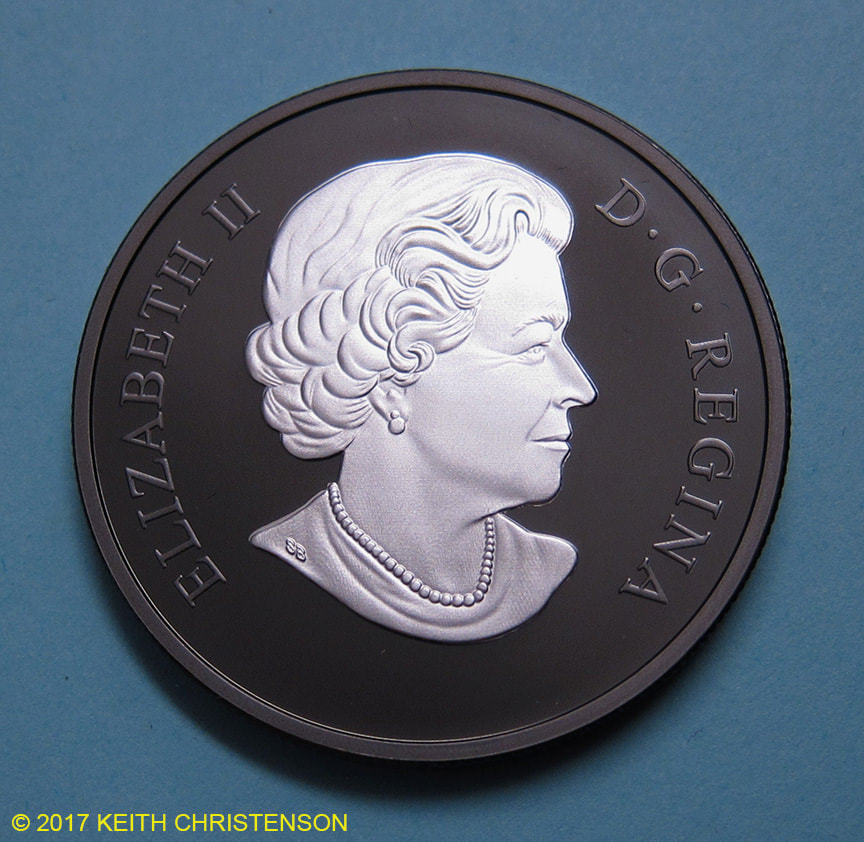
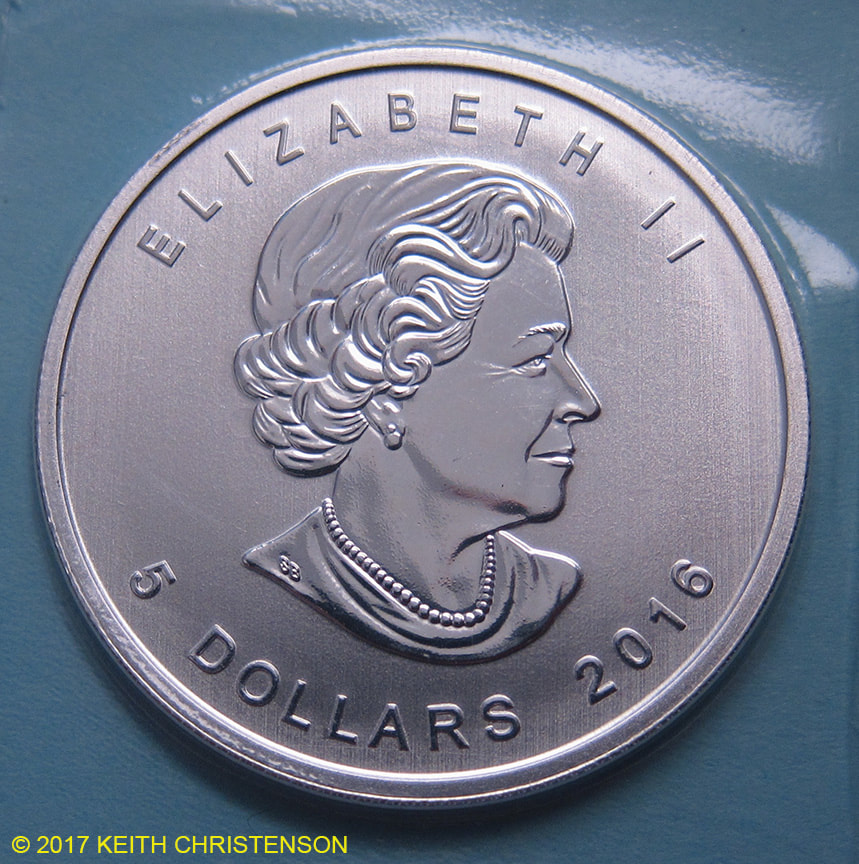
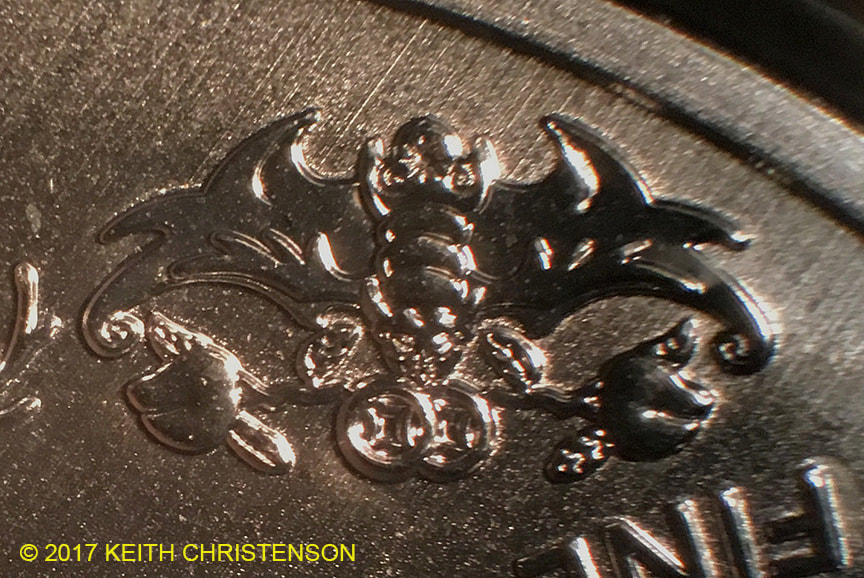
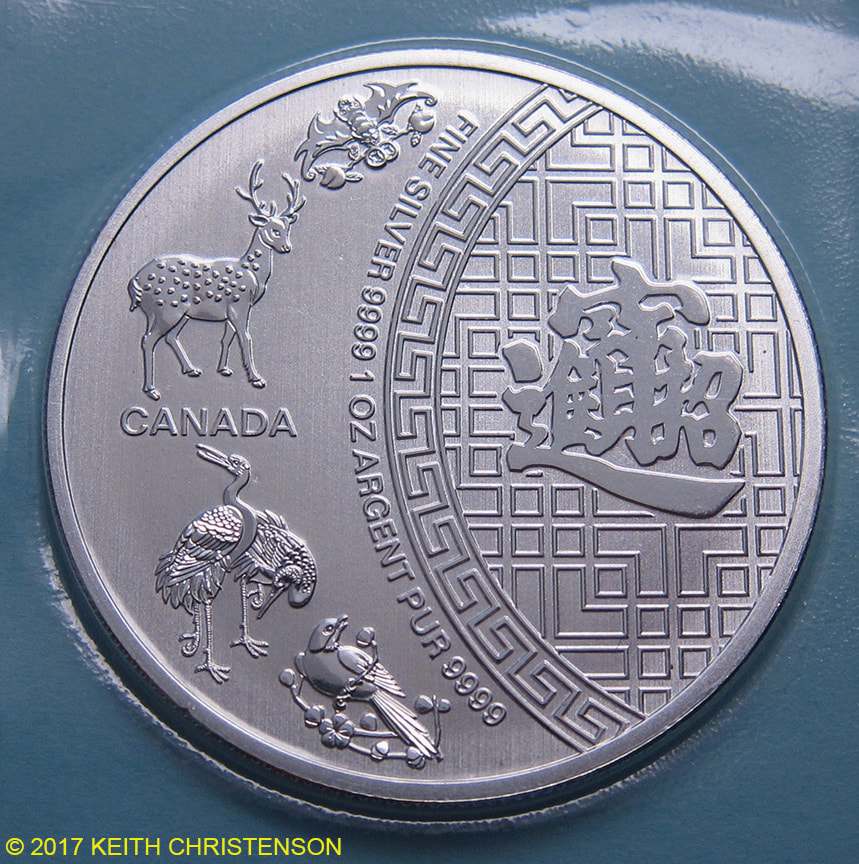
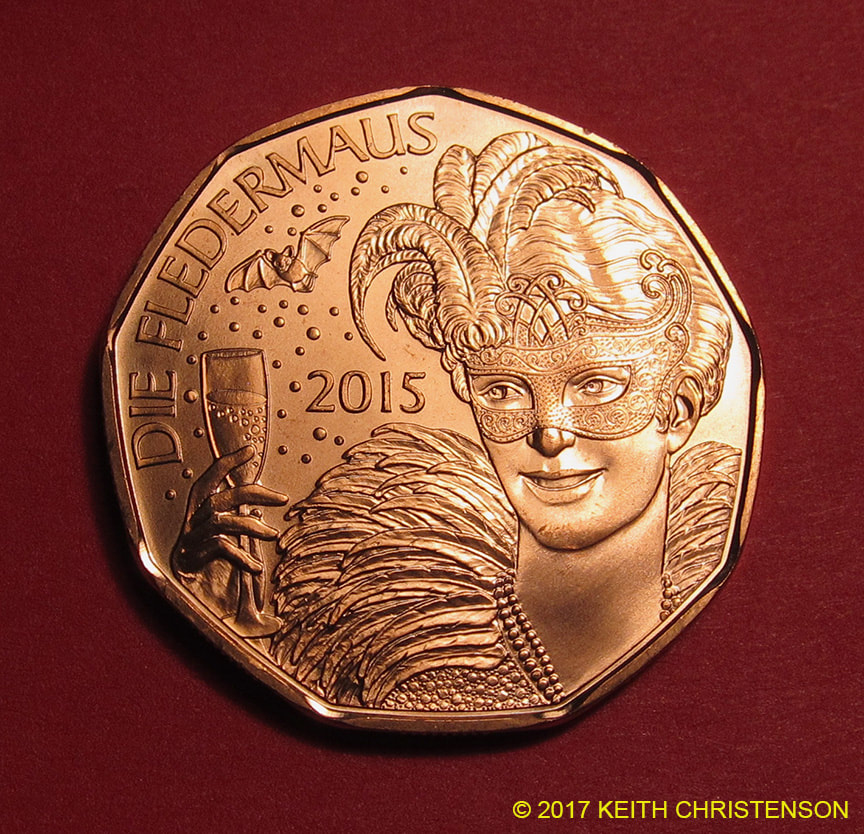
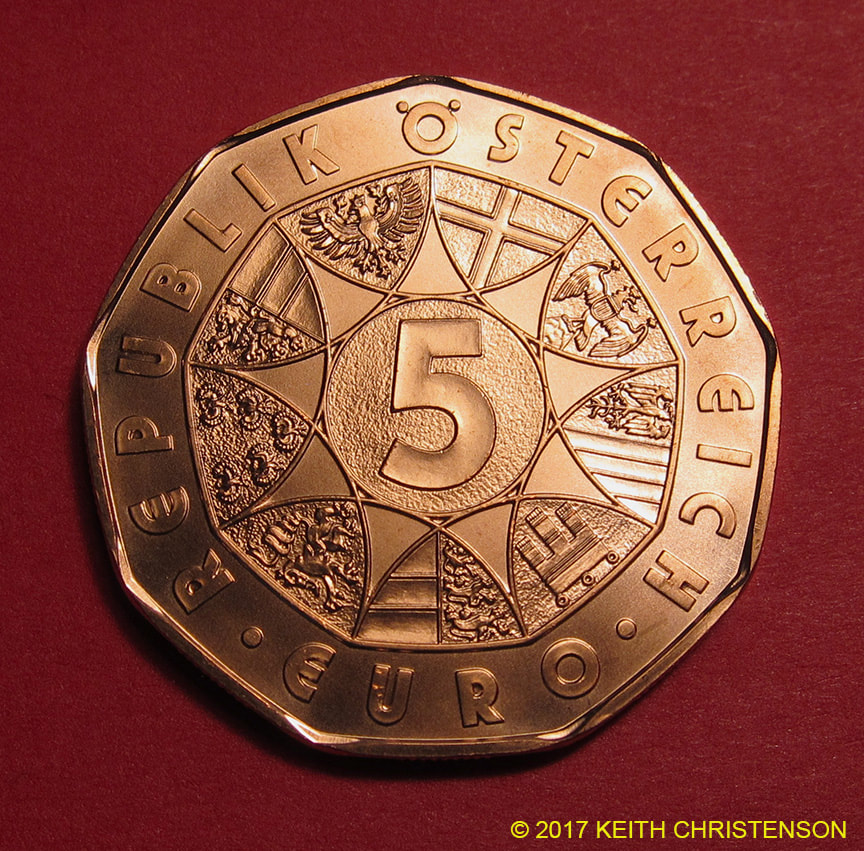
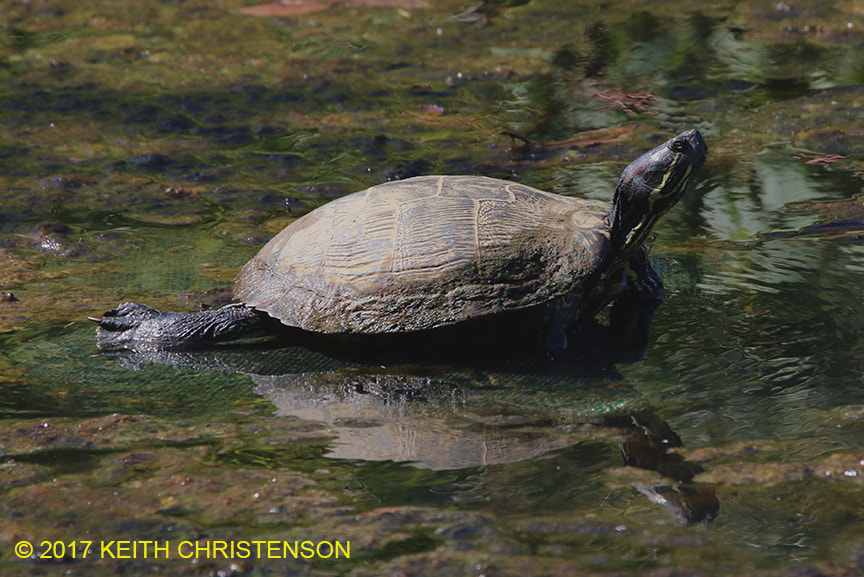
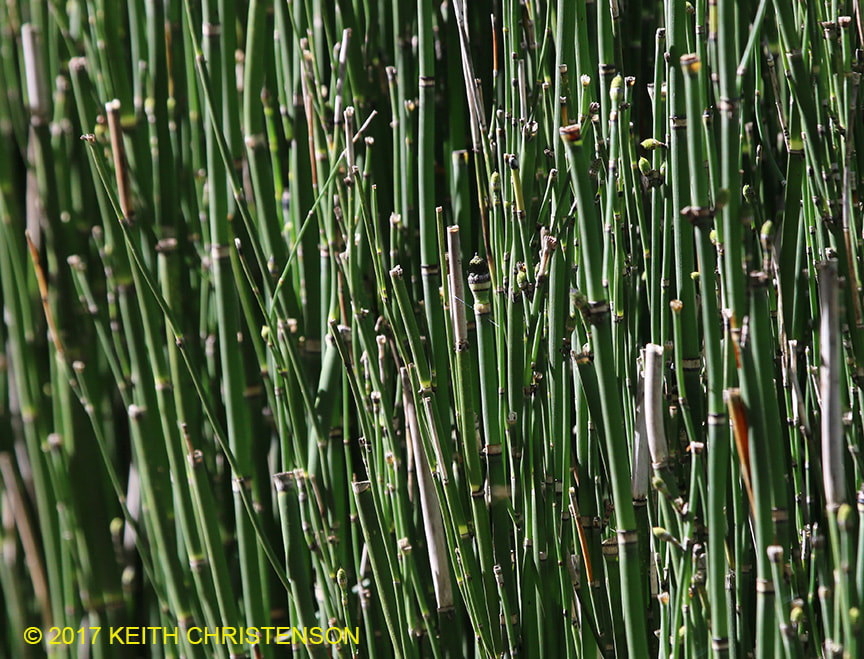
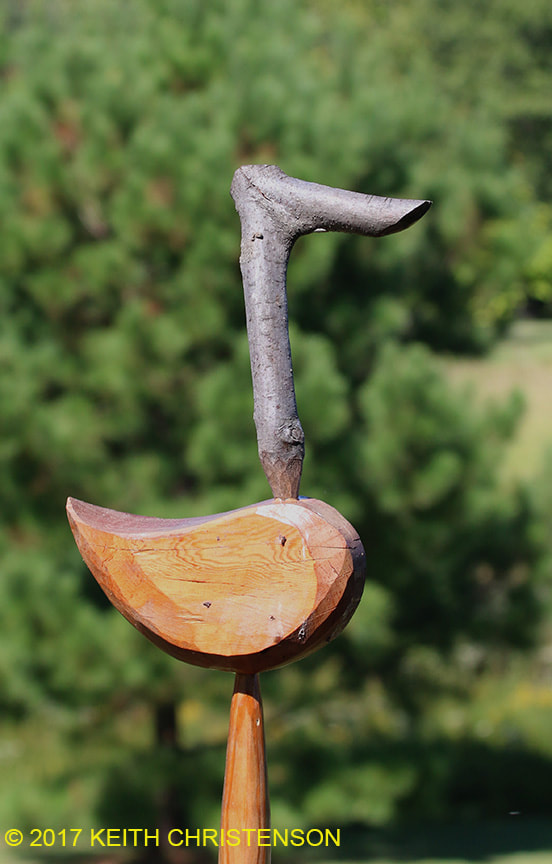
 RSS Feed
RSS Feed